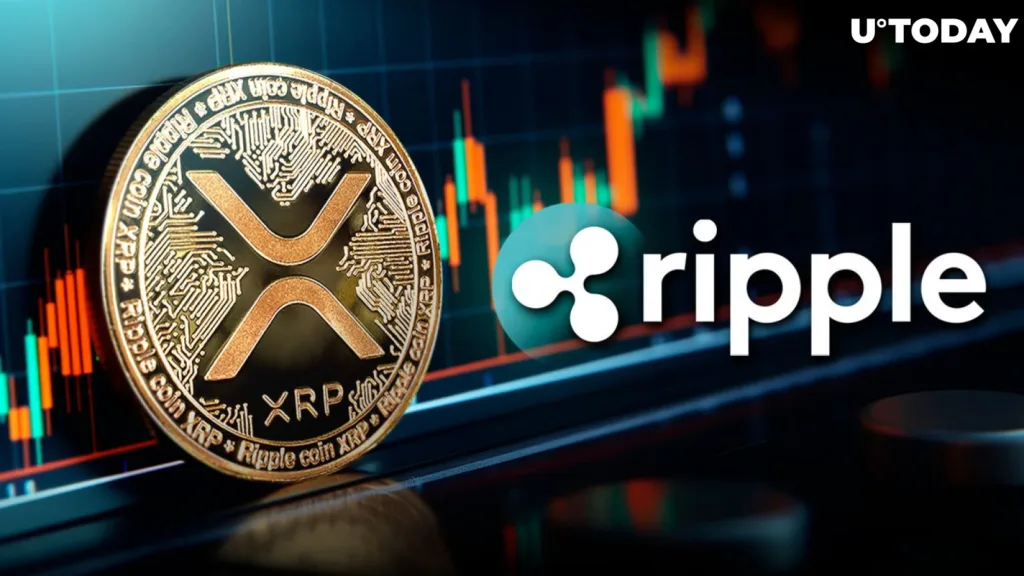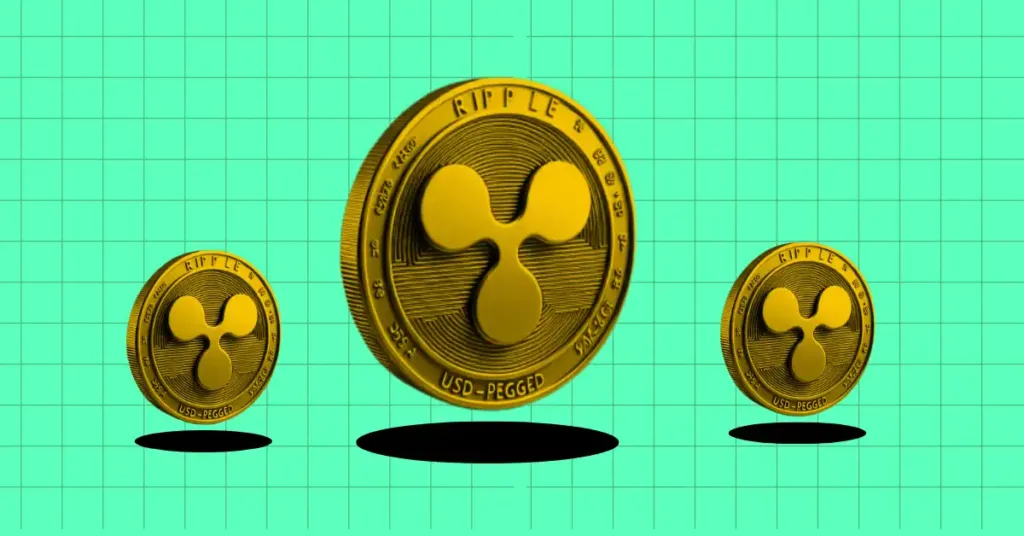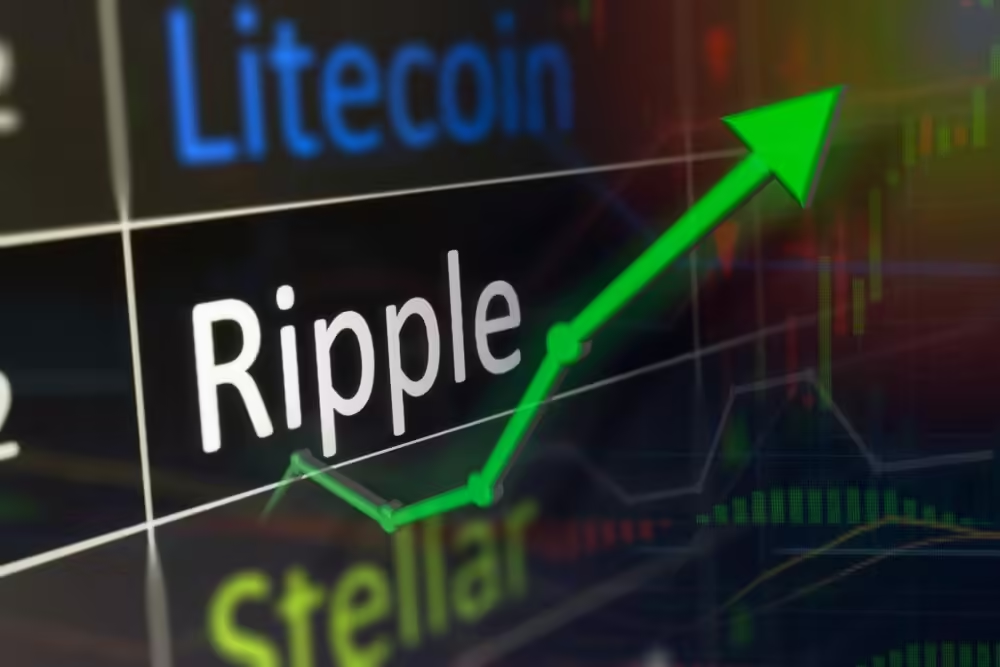Ripple Enters the Stablecoin Market: A New Contender Emerges
Ripple, the company behind the XRP Ledger, has officially entered the stablecoin market, marking a significant milestone in its journey to redefine digital finance. This move introduces a Ripple-backed stablecoin, which is pegged 1:1 to the U.S. dollar, and signals the company’s ambition to expand its influence in the rapidly evolving world of decentralized finance (DeFi).

The Stablecoin Market: A Brief Overview
Stablecoins have become a cornerstone of the cryptocurrency ecosystem. Unlike traditional cryptocurrencies such as Bitcoin and Ethereum, stablecoins are designed to maintain a stable value, typically pegged to a fiat currency like the U.S. dollar. This stability makes them ideal for a variety of applications, including remittances, trading, and as a store of value in volatile markets.
Currently, the stablecoin market is dominated by giants like Tether (USDT) and USD Coin (USDC), both of which have massive market capitalizations and widespread adoption. Ripple’s entry into this space is both strategic and timely, as the demand for stable and reliable digital assets continues to grow.
Ripple Stablecoin: What Sets It Apart?
Ripple’s new stablecoin is notable for being “100% backed by U.S. dollar deposits, short-term U.S. government Treasuries, and other cash equivalents.” This backing ensures that each token is fully redeemable for its underlying assets, providing users with confidence in the token’s value stability.

Ripple stablecoin also benefits from the established infrastructure of the XRP Ledger, which is known for its speed, scalability, and low transaction costs. This integration allows for seamless transfers of value across borders, making Ripple’s stablecoin an attractive option for international payments and remittances—a core focus of Ripple’s business model.
Implications for the Cryptocurrency Market
Ripple’s move into the stablecoin market could have several significant implications:
- Increased Competition: Ripple’s stablecoin introduces a new level of competition for existing players like Tether and USDC. Given Ripple’s strong presence in the financial industry, particularly with banks and financial institutions, it could quickly gain traction.
- Enhanced Liquidity: By leveraging the XRP Ledger, Ripple’s stablecoin could contribute to increased liquidity in the broader cryptocurrency market. This could benefit traders and institutions looking for a reliable medium of exchange in a highly volatile market.
- Regulatory Scrutiny: Stablecoins have been under increasing scrutiny from regulators worldwide, and Ripple’s stablecoin will likely face similar challenges. However, Ripple’s long-standing engagement with regulators might position it favorably in navigating these challenges.
- Expansion of Ripple’s Ecosystem: The introduction of a stablecoin is likely to expand Ripple’s ecosystem, attracting new users and developers to the XRP Ledger. This could drive further innovation in decentralized finance applications built on Ripple’s technology.
The Road Ahead
Ripple’s entry into the stablecoin market is a bold move that reflects the company’s commitment to broadening its impact on the global financial system. While it remains to be seen how the market will react and how quickly adoption will occur, Ripple’s established reputation and robust technology stack provide a strong foundation for success.
As the stablecoin market continues to grow, Ripple’s new offering could play a pivotal role in shaping the future of digital finance, providing users with a stable, efficient, and scalable option for their financial transactions.








 Bitcoin
Bitcoin  Ethereum
Ethereum  Tether
Tether  XRP
XRP  Solana
Solana  USDC
USDC  Dogecoin
Dogecoin  TRON
TRON  Lido Staked Ether
Lido Staked Ether  Cardano
Cardano  Wrapped Bitcoin
Wrapped Bitcoin  Hyperliquid
Hyperliquid  Wrapped stETH
Wrapped stETH  Sui
Sui  Bitcoin Cash
Bitcoin Cash  Chainlink
Chainlink  LEO Token
LEO Token  Stellar
Stellar  Avalanche
Avalanche  Toncoin
Toncoin  USDS
USDS  Shiba Inu
Shiba Inu  WETH
WETH  Wrapped eETH
Wrapped eETH  Hedera
Hedera  Litecoin
Litecoin  Binance Bridged USDT (BNB Smart Chain)
Binance Bridged USDT (BNB Smart Chain)  Ethena USDe
Ethena USDe  Monero
Monero  Polkadot
Polkadot  WhiteBIT Coin
WhiteBIT Coin  Bitget Token
Bitget Token  Coinbase Wrapped BTC
Coinbase Wrapped BTC  Pepe
Pepe  Pi Network
Pi Network  Uniswap
Uniswap  Aave
Aave  Dai
Dai  Ethena Staked USDe
Ethena Staked USDe  Bittensor
Bittensor  OKB
OKB  BlackRock USD Institutional Digital Liquidity Fund
BlackRock USD Institutional Digital Liquidity Fund  Aptos
Aptos  Internet Computer
Internet Computer  NEAR Protocol
NEAR Protocol  Cronos
Cronos  Ethereum Classic
Ethereum Classic  Jito Staked SOL
Jito Staked SOL  Ondo
Ondo